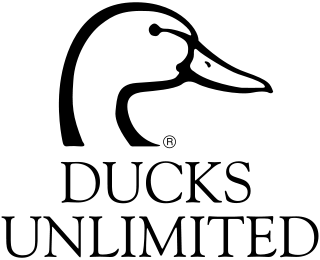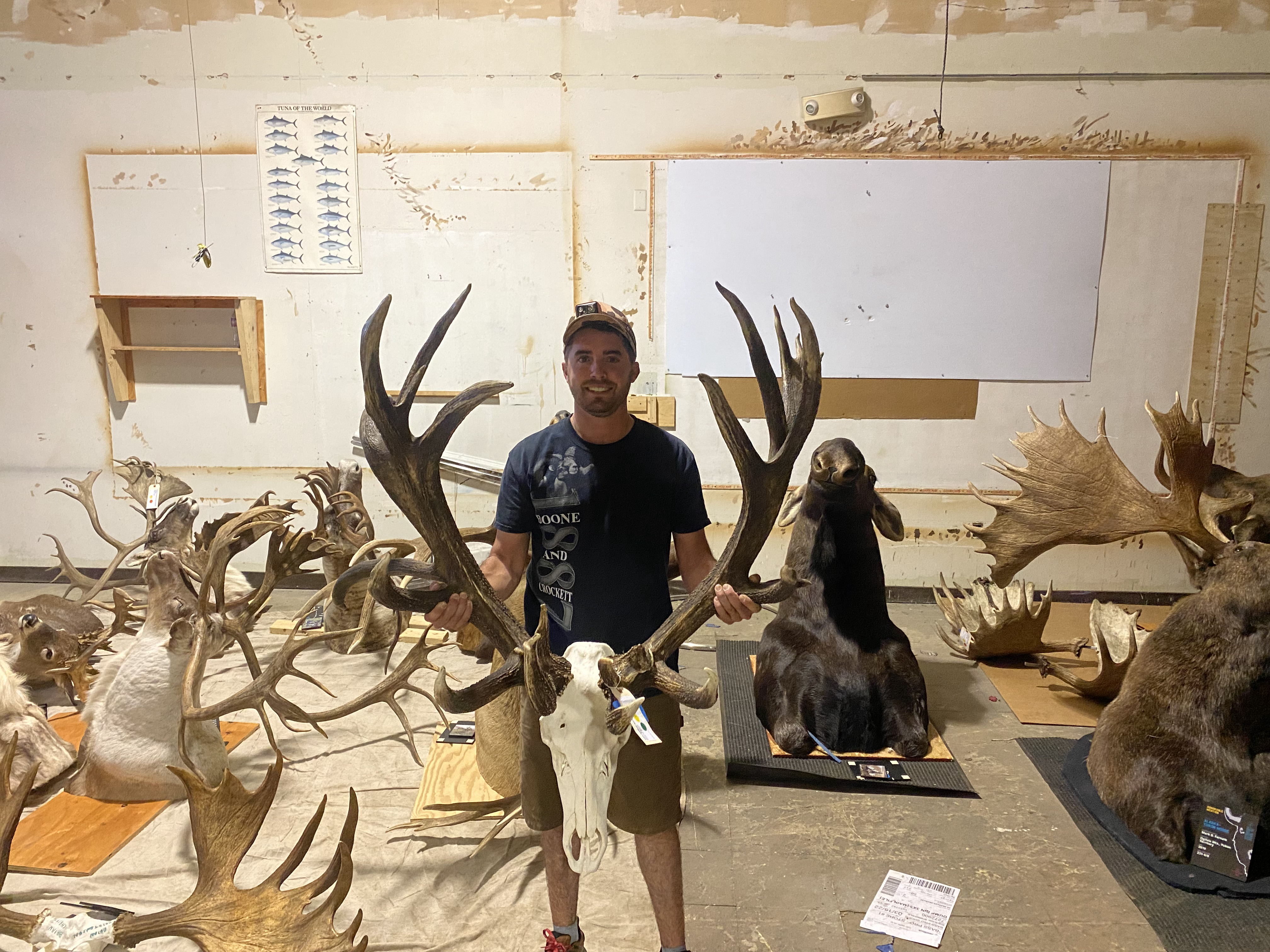Even though deer season is months away, there’s plenty of planning to be done now for landowners looking to increase the attractiveness of their land to deer during this fall’s hunting seasons.
Jeremy Brown, Deer Management Assistance Program Coordinator in the Arkansas Game and Fish Commission’s Private Lands Habitat Division, says successful use of food plots in deer management is much more than roughing up a spot in the dirt and throwing out seeds from the latest no-fail deer forage blend on the shelf of a big box store.
“I wish it was as easy as some of those labels make it seem,” Brown said. “If the stars align you can grow some food that attracts a deer to a spot where you’re hunting, but the use of food plots has much more potential than just making what we call a ‘kill plot’ during deer season.”
The first thing Brown tells prospective deer managers is to really think about their goals.
“Are you wanting to just attract deer to a small spot during hunting season or are you wanting to manage on more of a year-round basis and provide food for a healthy deer herd and maximize antler development?” Brown said. “Start off with your goals in mind so you don’t waste time and money going the wrong direction.”
Brown says the answer to his first question often is dictated by his second: “What are your limitations?”
Many clubs have to work within the parameters of their lease agreement when it comes to planting food plots or otherwise altering the land in a way that could affect the landowners’ interests.
“A lot of timber companies still let lease holders plant some small plots to help attract deer during hunting season, but large management regimes aren’t really possible,” Brown said. “The good news for those clubs is that some of the regular thinning and harvest activities in certain stages of timber production can increase forage value for wildlife to an extent.”
Clubs who own their own land or have a wide-open policy for management activities still may face roadblocks based on finances and size.
“If you’re a smaller landowner, you might not be able to put enough into food plots to make a shift in herd health, but you might be able to work with neighboring landowners to manage cooperatively so everyone benefits,” Brown said. “And remember, food plots are only a part of the equation.”
Once you’ve assessed your goals and limitations, it’s time to gather some intel on the property’s potential. Soil samples and surveys of the vegetation already present can increase your chances of success tenfold. Read more










